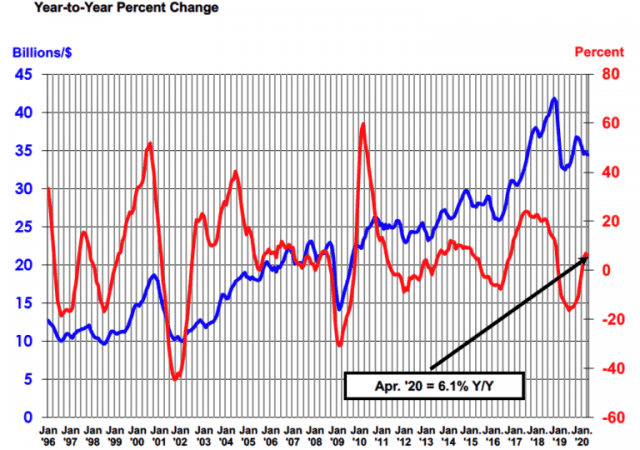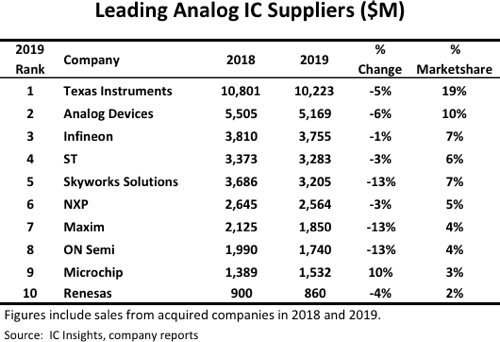Keynotes for SEMI’s 50th anniversary to highlight technology’s potential to improve prosperity worldwide.
Semiconductors
First-Quarter 2020 Global Semiconductor Equipment Billings Up 13 Percent Year-Over-Year
Worldwide semiconductor manufacturing equipment billings contracted 13 percent to US$15.57 billion quarter-over-quarter in Q1 2020 but increased 13 percent year-over-year, SEMI, the global industry association representing the electronics design and manufacturing supply chain, announced today in its Worldwide Semiconductor Equipment Market Statistics (WWSEMS) Report.
Tachyum Becomes Part of OpenBMC Project Community
Semiconductor startup Tachyum Inc. announced today that it has joined the OpenBMC Project as a contributor to the community seeking to define standards for a standard Baseboard Management Controller (BMC) firmware stack that will work across heterogeneous systems, including enterprise, HPC, telco and cloud-scale data centers.
China IC Industry on the Rebound with SEMICON China Leading the Way
Marking the first major semiconductor industry event of the year with on-site exhibitions and conferences plus live webinars for those unable to attend in person, SEMICON China 2020 will gather industry leaders and visionaries June 27-29 at SNIEC in Shanghai for insights into the latest developments, innovations and trends in the electronics industry.
Silicon Valley Based Pure Wafer Strengthens Management Team Adding Semiconductor Industry Veterans
Pure Wafer, America’s market leading supplier of reclaimed silicon wafers, thin film deposition, and parts cleaning services to the global semiconductor manufacturing industry announced today that it has strengthened its management team to support the company’s rapid growth.
SmartFlow Compliance Solutions Becomes Cylynt, Leverages Anti-Piracy Expertise to Expand into Usage Analytics and Software Monetization
SmartFlow Compliance Solutions today became Cylynt (pronounced sī-lənt), a new name to reflect its expansive strategy as the company grows beyond its core anti-piracy and license compliance expertise to become a broader software-as-a-service (SaaS) market intelligence platform.

Global Semiconductor Sales Decrease 1.2 Percent Month-to-Month in April
Sales in April increase 6.1 percent year-to-year; disruptions from the COVID-19 pandemic have so far not substantially impacted overall global sales
Samsung Announces New NAND Flash Facility to Address Future Data Center and Mobile Demands
Samsung Electronics Co., Ltd., the world leader in advanced memory technology, today announced plans to expand its NAND flash production capacity in Pyeongtaek, Korea, reinforcing the company’s ability to meet demands from emerging technologies. Construction, which began this May, will pave the way for mass production of Samsung’s cutting-edge V-NAND memory in the second half of 2021.
Paper-Thin Gallium Oxide Transistor Handles More Than 8,000 Volts
In a study published in the June edition of IEEE Electron Device Letters, electrical engineers describe how the tiny electronic switch can handle more than 8,000 volts, an impressive feat considering it’s about as thin as a sheet of paper.

Texas Instruments Maintains Firm Grip As World’s Top Analog IC Supplier
TI’s 2019 analog marketshare grew to 19% and ST climbed to fourth place as the top-10 suppliers collectively accounted for 62% of total analog sales.